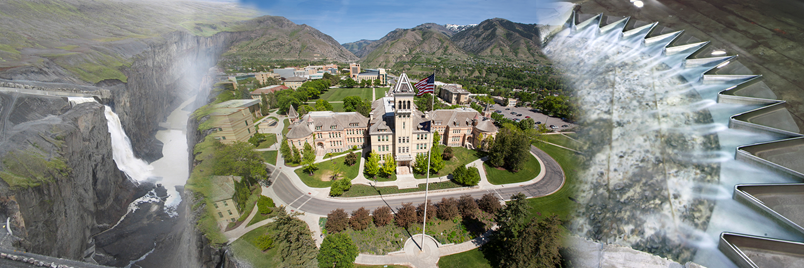Location
Utah State University, Logan, Utah, USA
Start Date
6-17-2012 12:00 AM
End Date
6-20-2012 12:00 AM
Description
ABSTRACT: The Particle Image Velocimetry (PIV) system was used to investigate fish passage behaviour through a circular, 0.61-m diameter pipe with evenly spaced baffles along the invert. A section of the pipe wall between two adjacent baffles was replaced with a transparent window (Lexan) and a water box placed outside of the pipe to create a tested section. The test was conducted for different pipe slopes 0.5, 1.5, 2.5, and 3.5%. For each slope, the pipe was tested for different flow rates 28.3, 56.6, and 85 l/s. Also, the PIV was used to produce the velocity vector field by post-processing the particle images. Using the measured velocity field data, the velocity gradient (shear stress) was calculated for the entire field downstream of the baffle. The velocity gradients will be used to better understand the effect that installing baffles has on fish passage. Live fish were placed in the pipe under the same slope and discharge conditions and their behaviour observed, including favorite resting places. The flow characteristics near the fish resting places were also evaluated.
Included in
Using Particle Image Velocimetry (PIV) System in Fish Passage Through Rehabilitated Culverts
Utah State University, Logan, Utah, USA
ABSTRACT: The Particle Image Velocimetry (PIV) system was used to investigate fish passage behaviour through a circular, 0.61-m diameter pipe with evenly spaced baffles along the invert. A section of the pipe wall between two adjacent baffles was replaced with a transparent window (Lexan) and a water box placed outside of the pipe to create a tested section. The test was conducted for different pipe slopes 0.5, 1.5, 2.5, and 3.5%. For each slope, the pipe was tested for different flow rates 28.3, 56.6, and 85 l/s. Also, the PIV was used to produce the velocity vector field by post-processing the particle images. Using the measured velocity field data, the velocity gradient (shear stress) was calculated for the entire field downstream of the baffle. The velocity gradients will be used to better understand the effect that installing baffles has on fish passage. Live fish were placed in the pipe under the same slope and discharge conditions and their behaviour observed, including favorite resting places. The flow characteristics near the fish resting places were also evaluated.


